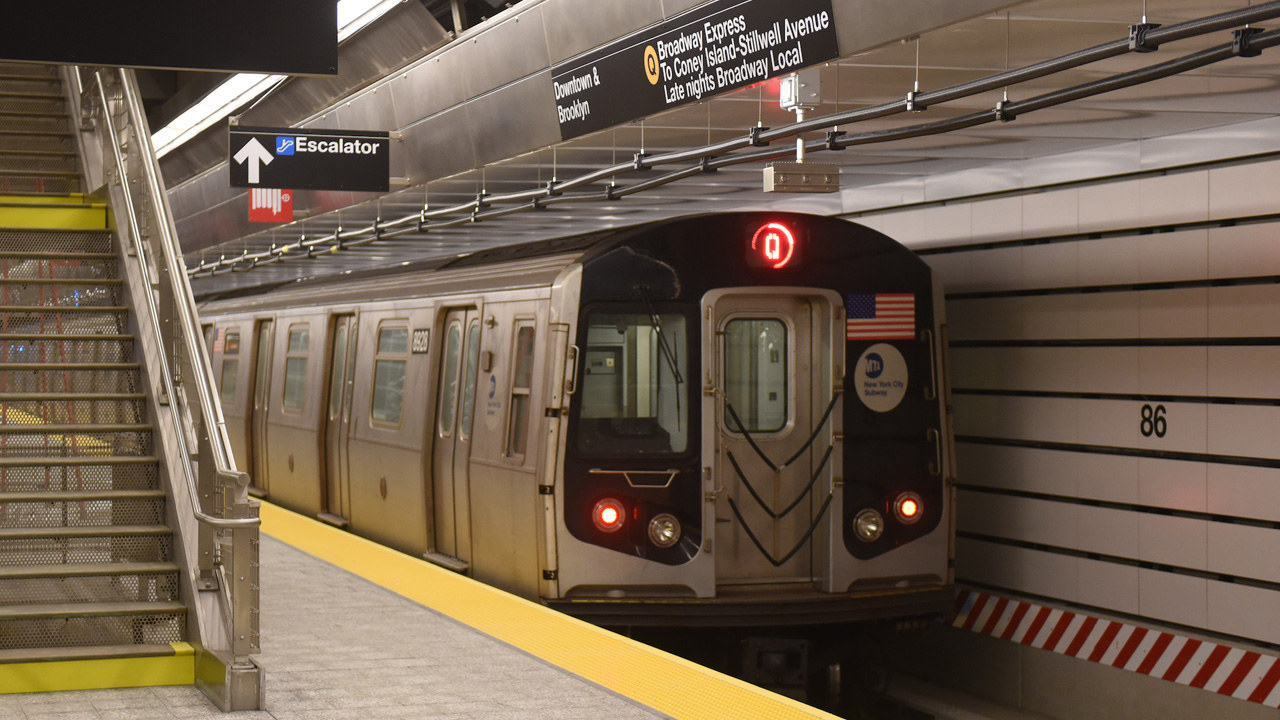The long-delayed Second Avenue Subway Phase 2 Project in New York is now at the engineering phase, which implies that further documents need to be submitted by the (Metropolitan Transportation Authority) MTA for the project to qualify for federal funding. The MTA is presently working with the Federal Transit Administration to meet the statutory criteria of the Capital Investment Grants (CIG) program.
Phase I of the Second Avenue subway project took about a decade to complete and finally became operational on January 1, 2017. This part of the project connected the rail route from Lexington Avenue station to Second Avenue, and created 3 new stations at 72nd, 86th, and 96th Streets; since then it has transported up to 200,000 riders daily.
The project scope for Phase II of the Second Avenue subway project
Plans for Phase II of the Second Avenue subway project include an extension of the Q line from 96th Street to 125th Street in Harlem, which will create three additional subway stops. MTA also intends to modernize the tunnels that already exist along the 1.5-mile route and ensure they can accommodate all the necessary train infrastructure. The cost of construction for the project is estimated at $6.3 billion and the MTA is hopeful that the federal funds will cover at least half of the costs.
MTA is currently in the process of launching tunnel-boring equipment and is also working towards securing properties, which will facilitate the construction of entrances and ancillary facilities for the second phase of the Second Avenue subway. The project is expected to be completed eight years after the start date.
Janno Lieber, the CEO and acting Chair of MTA mentioned that the East Harlem community has been eagerly anticipating the completion of the Second Avenue Subway for decades and the new line extension would build on the success of Phase 1. Lieber thanked the FTA for moving the project to the next stage and he said the Second Avenue Subway, once completed, would increase the total ridership to 300,000.
Reported earlier
Jan 2022
Second Avenue Subway Phase2 project moves to engineering phase
The Metropolitan Transportation Authority (MTA) was granted approval by the federal government to proceed with the final planning for the Second Avenue Subway Phase2 expansion.
This project has moved to the engineering phase of the project timeline and it entails a 2.41km extension of the Second Avenue subway line, from 96th street to 125th street in East Harlem. The first phase was New York’s biggest subway extension project in over 50 years, which expanded the Q line from 63rd St to 96th St. It became operational on 1 January 2017 and since then the Second Avenue Subway has carried about 200,000 passengers per day.
The construction costs of the Second Avenue Subway Phase2 extension are estimated at $6.3 billion, and the MTA is hopeful that at least half of the expenses would be taken care of by federal funding. Although the project has moved into the engineering phase, further documents would still be required for it to qualify for the federal grant. Phase 2 also covers the construction of three new subway stations, at 106th St, 116th St, and 125th St in East Harlem.
Each of these stations will have above-ground supplementary structures, containing ventilation, mechanical and electrical hardware; these structures will also incorporate spaces for conceivable ground-floor retail as well.
Second Avenue Subway Phase 2 project to bring the total number of subway riders to 300,000 per day
The Second Avenue Subway Phase2 expansion will expand on the achievement of Phase1 by bringing the total number of subway riders to 300,000 per day; which according to Janno Lieber, the MTA Acting Chair and CEO, happens to be the equivalent of the entire Philadelphia railway framework. Lieber also said Phase 2 would serve a region known for being among one of the largest concentrations of affordable housing, where about 70% of its residents are dependent on public transportation for commuting to work.
The U.S.Senator, Kirsten Gillibrand mentioned that the Second Avenue Subway Phase2 expansion was a federal investment capable of making a real difference in the lives of East Harlem residents. Gillibrand said he was glad that the second phase of the project had advanced toward the grant processing stage.
He also pointed out that expanding the Second Avenue Subway line would ease congestion, reduce commuting time for riders, create local employment opportunities, and ensure more flawless transit access; linking the local area with other parts of the city.

